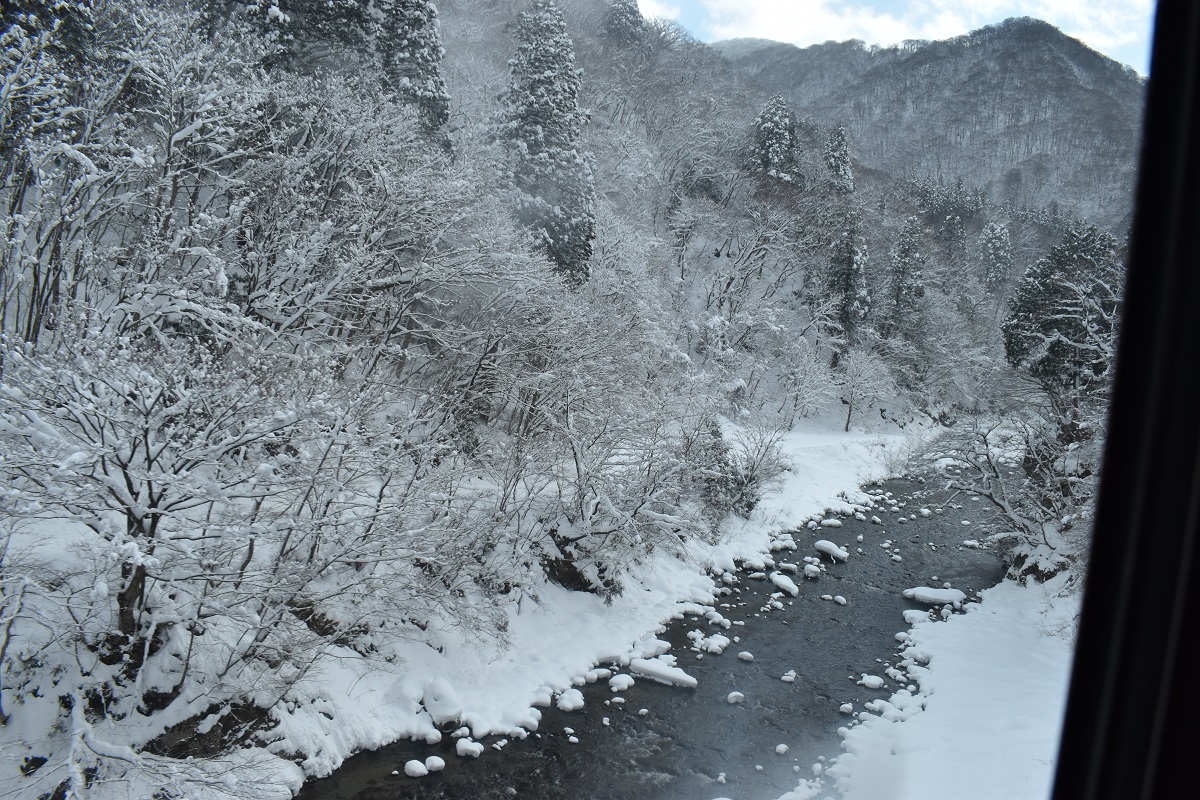An important tool in Hanagasa Dance is a hat decorated with flowers. The flower is safflower, and it was very valuable in the Edo period as a raw material for dyes and lipsticks. ”Beautiful flowers have thorns.” It was said that the hands of the young women who hand-picked them were dyed red with thorns. Please refer to safflower stories in Yamagata at the botton below.

Go back to the festival, many teams that make up the parade show off their unique dances from in traditional and elegant style to in brave and dynamic style. Television news programs often show dances in an elegant style, but in contrast to folk music, the force of moving the hanagasa hats violently in dynamic style cannot be conveyed unless you come to the site. My impression was that elegant dance and dynamic dance in the parade were half and half. Original dances were occasionally seen. Each team consists of communities, schools, and workplaces, and each of them appeals their own characteristics in their dance.

It is held on the long main street at night. So, no need to keep a viewing spot in advance. Please enjoy Yamagata soba in between viewings. Yamagata Prefecture ranks first in the consumption ranking of soba. Please refer to soba stories in Yamagata at the botton below.




























